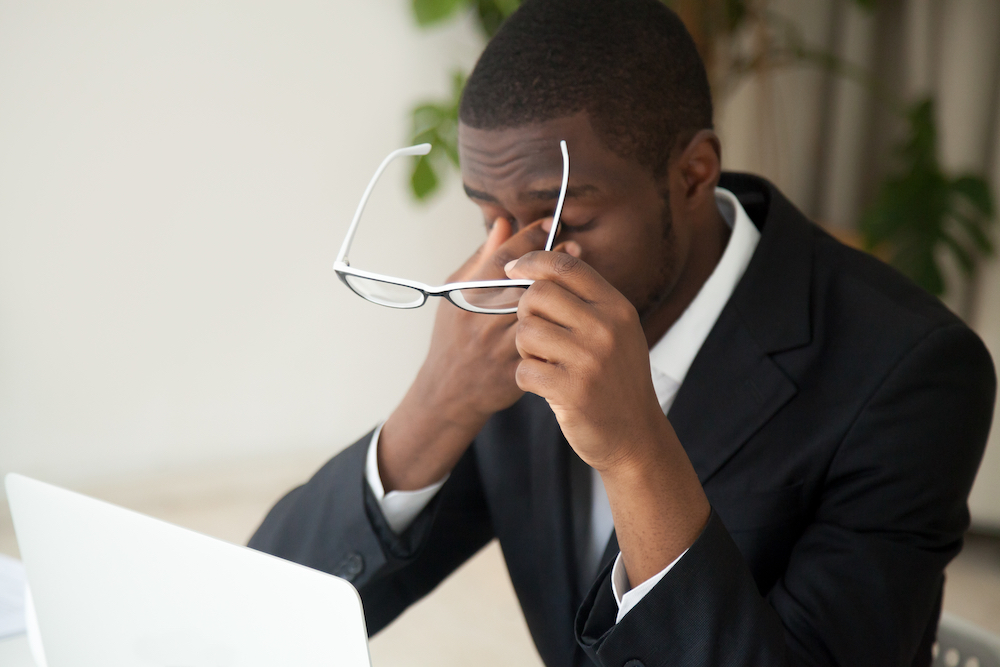
Dry eye is a condition where your eyes produce a low quantity or low quality of tears. In cases where the eyes make low-quality tears, the likely culprit is blockage of the meibomian glands.
Tears consist of three components. These include oil, mucus, and water. When the eyes do not produce enough oil, the water component evaporates quickly. It consequently results in a low quantity of tears. The meibomian glands produce this oil, so when there is a blockage, it results in the low production of oil.
Meibomian Gland Dysfunction
The meibomian glands get their name from the German doctor, Heinrich Meibom. They reside in the eyelid tissue and produce healthy oils for your tears. When the glands experience blockage, they release low amounts of oil to the tears, resulting in low-quality tears.
The role of the oil in tears is to aid in lubricating the eyes. It also prevents the water component of tears from evaporating too fast. Hence, meibum ensures the steady hydration and lubrication of your eyes.
Meibomian gland dysfunction refers to the blockage of the glands that produce meibum. The blockage traps bacterial toxins forming a biofilm on the eyelid margin, resulting in dry eye disease.
Intense Pulsed Light Therapy
Intense pulsed light therapy treats dry eye syndrome by dealing with the underlying issue. In this case, the problem is the blockage of the meibomian glands. It prevents oil from flowing freely into the tear film. It affects the quality of tears. When the lack of meibum in tears reaches chronic levels, it causes dry eye syndrome.
Intense pulsed light therapy is an in-office procedure. It produces gentle pulses of light that eliminate bacterial infection and reduce inflammation on the eyelids. The light pulses remove the biofilm secretions on the eyelids.
They also release the buildup of oil. It unclogs the meibomian glands allowing healthy meibum to flow into your tears. The result is an improvement in the symptoms of dry eye syndrome.
What to Expect During Treatment
The doctor places eye shields over your eyelids, protecting them from the bright light pulses the device produces. They apply a cooling gel to the skin around your eyes. The application is due to the sensitivity of this area. Thus, it needs protection.
The doctor then holds the device over your eyelids and administers the gentle pulses of light. The heat from the light pulses melts the thick, crusty biofilm that blocks the meibomian glands. It allows the natural flow of oil into the tears.
What Next After Treatment?
You will immediately notice an improvement in your dry eye symptoms. However, there is a need for several treatments to ensure optimal results. The treatments are especially crucial if you have severe dry eye syndrome. They prevent the condition from recurring.
Benefits of Intense Pulsed Light Therapy
The procedure is painless and non-invasive. It only works by melting the crusty biofilm that blocks the meibomian glands. It also saves you a lot of time and money from buying artificial tears and eye drops. These solutions may help, but they do not address the underlying cause of dry eye syndrome.
For more on treating dry eye using intense pulsed light therapy, visit Dry Eye Center of Alabama and Family Eye Care at our office in Homewood, Alabama. You can also call (205) 490-2322 to book an appointment today.










